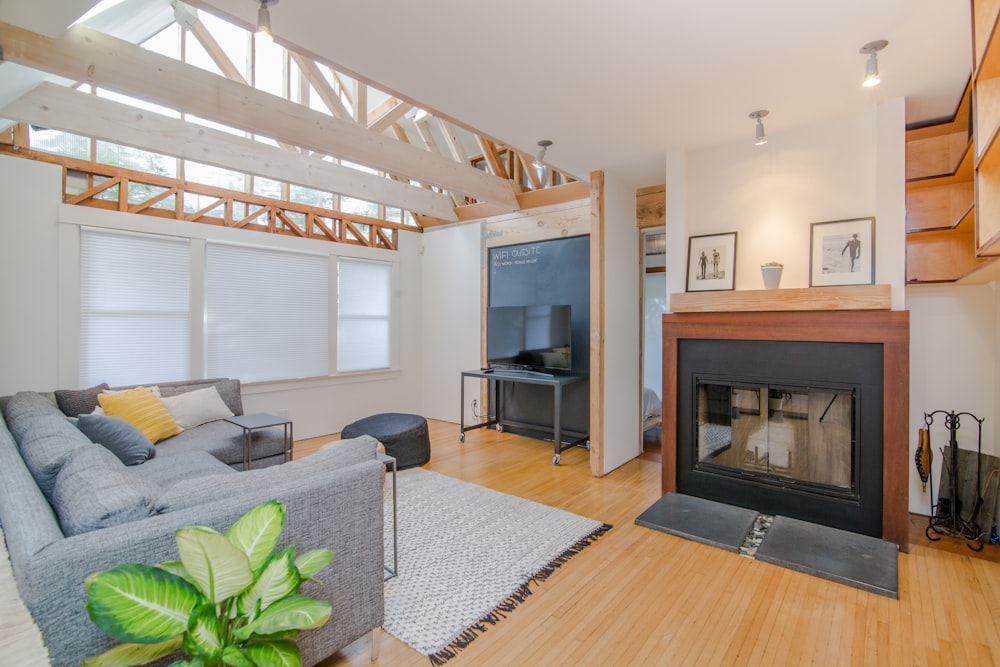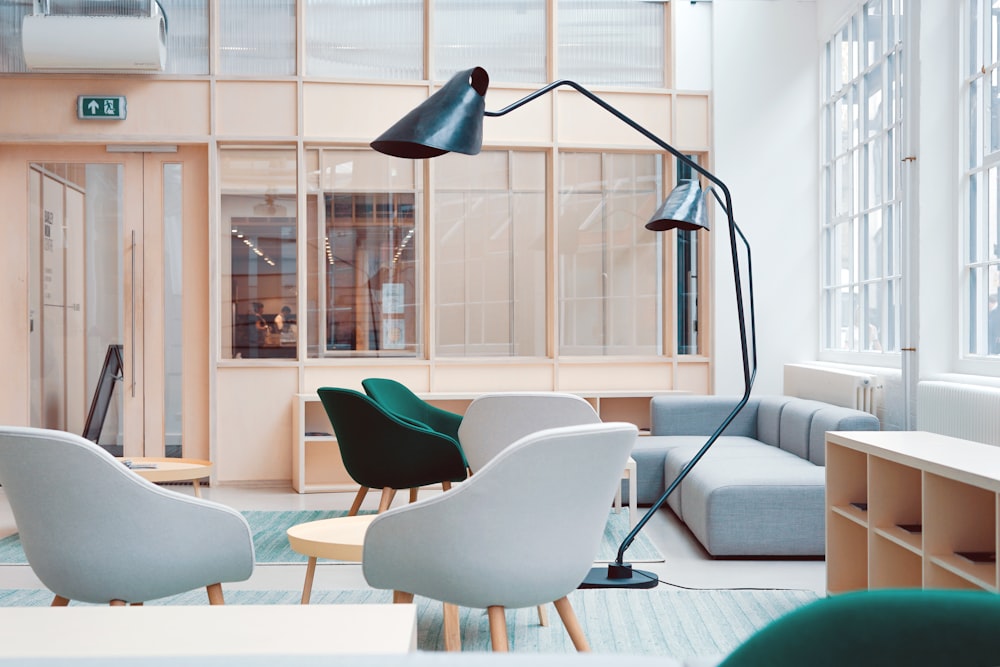
Indoor vertical gardens have become a burgeoning trend in modern interior design. They offer a unique way to bring the beauty of nature indoors, transforming spaces into lush, green environments. These gardens are more than just decorative; they promote better air quality and create a refreshing ambiance within homes and offices.
Benefits Beyond Aesthetics
Beyond their aesthetic appeal, indoor vertical gardens offer a plethora of benefits. They act as natural air purifiers, filtering out toxins and improving indoor air quality. These gardens also contribute to a sense of well-being, reducing stress and enhancing mood by providing a connection to nature in indoor spaces.
Designing Your Green Oasis
Designing an indoor vertical garden involves careful planning. Factors such as lighting, plant selection, and maintenance need consideration. Choosing the right plants that thrive in indoor environments is essential. Additionally, understanding the layout and available space is crucial to create a visually appealing and sustainable garden.
Sustainability in Indoor Greenery
Indoor vertical gardens present an opportunity to embrace sustainability. They utilize vertical space efficiently, requiring less square footage than traditional gardens. By incorporating sustainable practices like using recycled materials for structures and employing water-saving irrigation systems, these gardens contribute positively to eco-friendly living.
Bringing Nature to Urban Dwellings
For urban dwellers with limited outdoor space, indoor vertical gardens offer a way to reconnect with nature. They enable city residents to enjoy the benefits of gardening and greenery without needing a backyard or garden. These gardens introduce a sense of tranquility and natural beauty into high-rise apartments and office buildings.
Maintenance and Care
Maintaining an indoor vertical garden involves regular care and attention. Tasks such as watering, pruning, and monitoring for pests are necessary to ensure the health of the plants. Understanding the specific needs of each plant in the vertical garden is essential for proper maintenance and long-term sustainability.
Conclusion
In conclusion, indoor vertical gardens are more than just a decorative trend. They offer a multitude of benefits, from enhancing indoor air quality to promoting a sense of well-being. Embracing these gardens in interior spaces not only adds visual appeal but also contributes positively to sustainability efforts and urban living.

:strip_icc()/dining-room-floral-home-decor-a1f9dd02-1b587f9046124310a7107bd47d8f0599.jpg)

